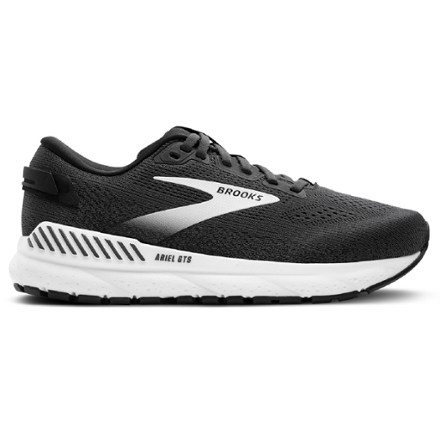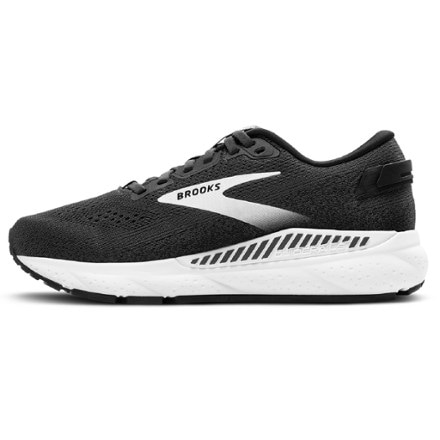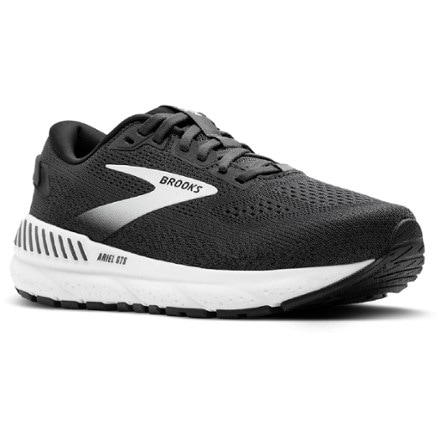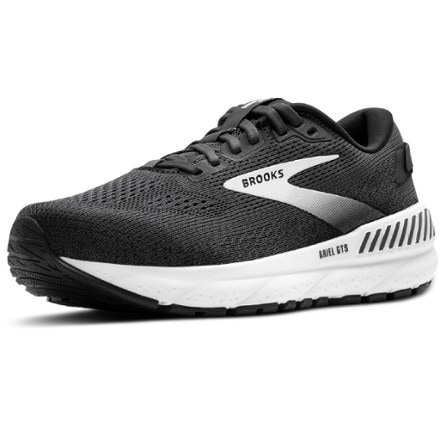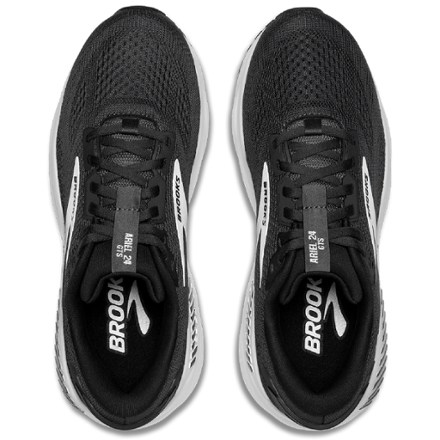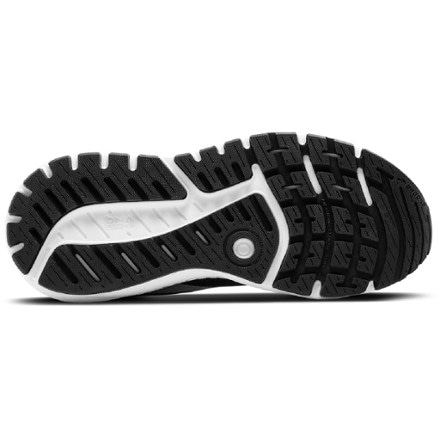Motion Control Women's Shoes
(1 product)- BrooksAriel GTS 24 Road-Running Shoes - Women's$160.00(315)315 reviews with an average rating of 4.0 out of 5 starsHeel to Toe Drop:12 mmCushioning:MaximumSupport:Motion ControlFootwear Width:Regular, Wide
Related Expert Advice articles
Read full article: The 4 Best Approach Shoes of 2025: Staff Picks
What kind of biking will you be doing?
Road cycling shoes contain the stiffest soles and cleats that connect to clipless pedals for maximum pedaling efficiency. They're not designed for extended walking.
Mountain bike shoes provide added traction on rugged trails, with various designs to work with clipless pedals or flat pedals.
Casual bike shoes are good for recreational riders or commuters who want more comfortable, stylish options with bike-friendly features like stiffer soles or clipless pedal compatibility.
Finding the right fit
Choose bike shoes that fit comfortably from the start. A bike shoe that is uncomfortable at first is not likely to become less so.
Fit tip: Make sure your toes have enough room to wiggle slightly, your arches feel snug and supported and your heel doesn’t slide up and down. (Feeling some heel slippage while walking is normal.)
What kind of shoe closure is right for you?
Laces will get you the most customizable fit and comfort but get wet and dirty in inclement conditions.
Hook-and-loop straps offer quick closure and are more likely to stay secure than laces and usable in muddy, wet conditions. More straps mean a more customizable fit.
Notched cam straps with buckles provide the greatest clamping power and security, at a higher price.
Dials/ratcheting cable laces deliver an adjustable fit with a quick-release system.
Read full article: The 6 Best Climbing Shoes of 2025: Staff Picks
Which type do you want?
- Neutral shoes. Great choice for beginners; allow toes to lie flat and provide all-day comfort.
- Moderate shoes. Good all-around shoe. A slightly downturned shape and stickier rubber makes them good for technical climbing.
- Aggressive shoes. The very downturned toes put your feet in a powerful position for challenging sport routes and bouldering; less comfortable than the neutral or moderate shoes.
Choose key features.
- Shoe closure options include laces, straps or slip-on.
- Uppers can be synthetic or lined- or unlined leather. Unlined leather uppers can stretch a full size, while synthetic uppers don't stretch much.
- Climbing shoe last is the foot-shaped model around which a shoe is built. Most rock climbing shoes are slip-lasted, which tend to be sensitive and less stiff than board-lasted shoes.
Consider these shoe fit tips.
- Shop later in the day as your feet can swell up to a full size during the day.
- Your toes should lie flat or be comfortably curved; your toe knuckles shouldn’t bunch painfully.
- Try them on in person for the best fit.
